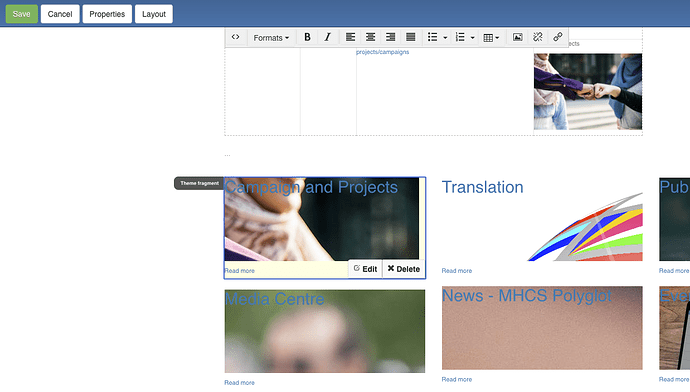@tisto how long would it take them have a working plone site with volto and that theme?
This is exactly what we are trying out currently. I just gave one of our interns the task to build a Volto theme from an existing themeforest theme.
Our initial estimate was that it takes less time to create a Volto theme, than a classic Plone theme. We will report how this went.
In general our theming story relies heavily on Semantic UI theming:
Semantic UI allows you to easily switch between different themes and styles. As said, we do not have all the docs that we need. I just ask you to wait a bit longer, keep an open mind an give it a try.
Overriding and twisting one thing into another was not fun.
Volto theming is not simple overriding and twisting. Semantic UI theming is more sophisticated than that and overriding React components is also quite powerful.
Though, it is true that we came to the conclusion that it is more approachable to rely on standard web technology and a more simplistic override mechanism than on our own theming mechanism. Diazo is a great technology and I hate to see that go. This was btw what Laurence (inventor of XDV/Diazo) already said long time ago at the Plone conf in Boston about React and the modern web.
The truth is that I saw so many badly designed Diazo themes in the last year, where people shoot themselves in the foot and created horribly slow Plone sites. Even if you know what you are doing, if your theme requires complex (XSLT) transformation, you are doing Diazo wrong and overriding a viewlet or a template is the better way. There is no perfect way, it is always a tradeoff.
In addition to that, I think we have to accept the fact that we are a small community and that innovation in the web is driven by bigger players these days.
The times when the Plone community was able to drive and maintain major innovations are over. Web technology grew up and the requirements are much higher these days. If we accept that fact, we have to look for existing solutions that are used and maintained by others. Unfortunately, Diazo did not gain any traction outside of the Plone community. Semantic UI did. It is time to move on...



